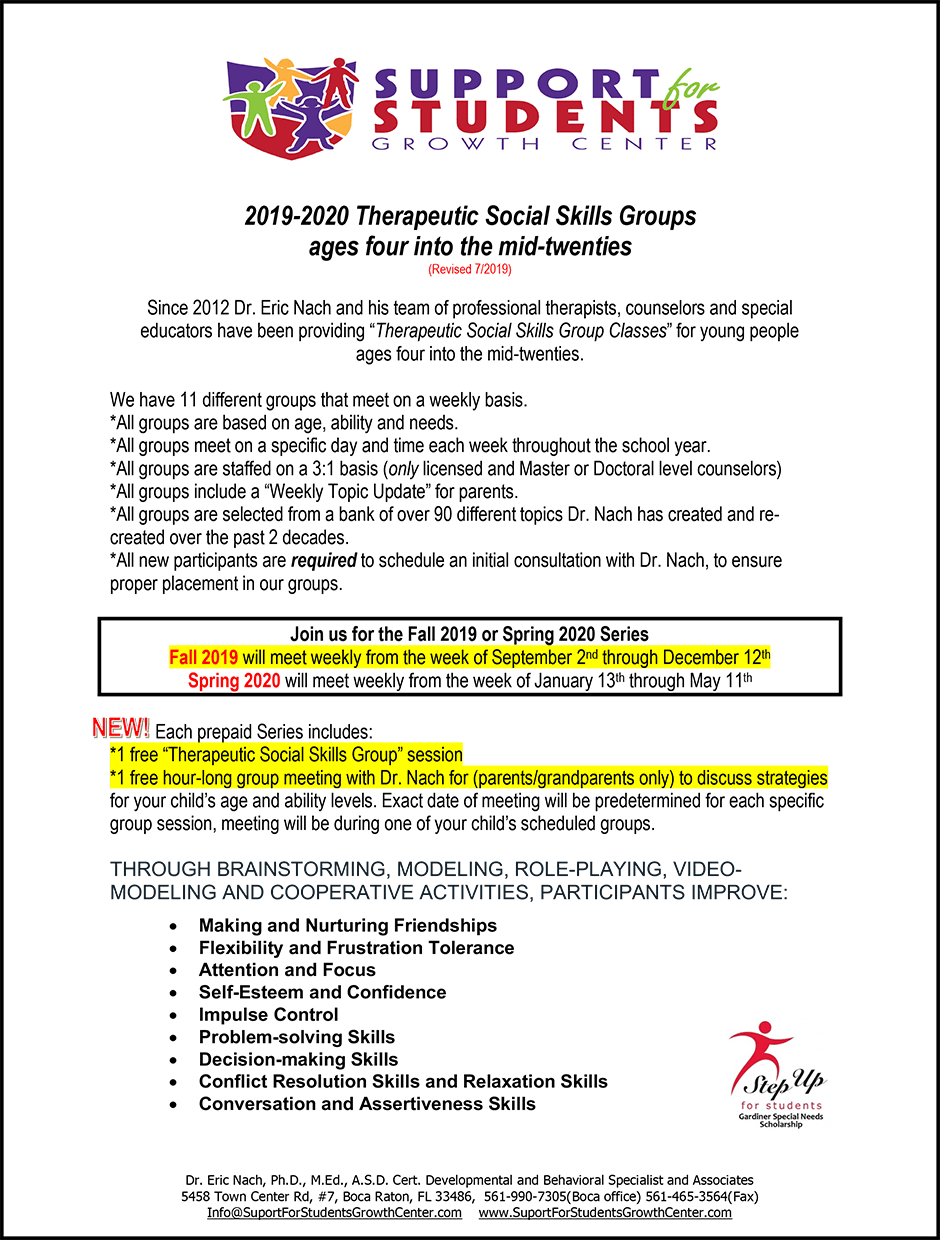HOW TO FIGHT FEAR AND ANXIETY
Everyone has faced some kind of fear and anxiety at some point in their lives. It could be on things like sitting for an examination, preparing to speak to peers, getting to an interview and other examples. How you deal with these fears and anxieties greatly determines how successful you will become. When left to grow, anxiety and fears can become a huge hindrance and prevent you from achieving your maximum potential while also limiting the quality of your life. For those who have to manage some form of anxiety related feelings there are ways to manage and cure anxiety.
For common fears and anxiety here are some effective tips on how to manage them:
- Take Time Out
Whether it is an exam you want to take or a presentation, when panic sets in, you can hardly think right and you will only make errors or rushed judgements. The first thing you should do when you are overly anxious is to take some time out to physically calm down before proceeding. Distract yourself whether it is by talking to someone, walking around the block, making something to drink, taking a shower, exercise or many other activities that will take your mind away from your present or near future situation. This will refresh you physically and mentally and you can proceed with calm knowing the right thing to do.
- Breathe Through the Panic
This is very important especially if the panic sets in when you are somewhere you cannot take a break. This could be on a journey, on stage, through a presentation or while talking with peers and other such like situations. When you feel yourself getting a faster heartbeat and your palms are sweating, remain calm and place your hand over your abdomen; breathe deeply and slowly through it. This helps your mind cope with such situations as you build your inner strength. Knowing you maintained calm in such a previous situation will help you handle future situations better.
- Face Your Fears
Whatever it is that leads to fear attacks and anxiety, it can only fade and diminish in its intimidation if you face it. Whether is a test or lesson, stepping into your boss’ or professors office to talk about your promotion or grade, joining the drama club or any other group you fear joining, get in and give it your best shot and you will be mostly surprised with the outcome. More importantly you will realize that you always have the ability to take charge of your fears.
- Don’t Chase Perfection
It is very easy to be fearful and anxious if you keep on looking for perfection. Always give your best and look for outside constructive feedback. Most of the time you are your own most critical judge and this can inhibit your growth. Understand there will be bad days and setbacks but the good days and triumphs will be many. This will ensure that you outgrow your own fears.
- Sleep Well, Eat Well and Exercise
There is nothing that helps you beat a day’s tension or prepare for each day better than a good night’s sleep. It is relaxing and refreshing so get enough of it – a minimum of five hours for adults and eight hours for those under 18. Get enough exercise too and eat a healthy diet with plenty of fruits and greens which keep you refreshed and not dulled down by a fading metabolism.
Dr. Eric Nach, Ph.D., M.Ed., A.S.D. Cert. Developmental and Behavioral Specialist and Associates
Info@SupportForStudentsGrowthCenter.com www.SupportForStudentsGrowthCenter.com
For more information about Dr. Nach’s Online Resources and how to enroll, visit our website at: http://drnachonline.com/





